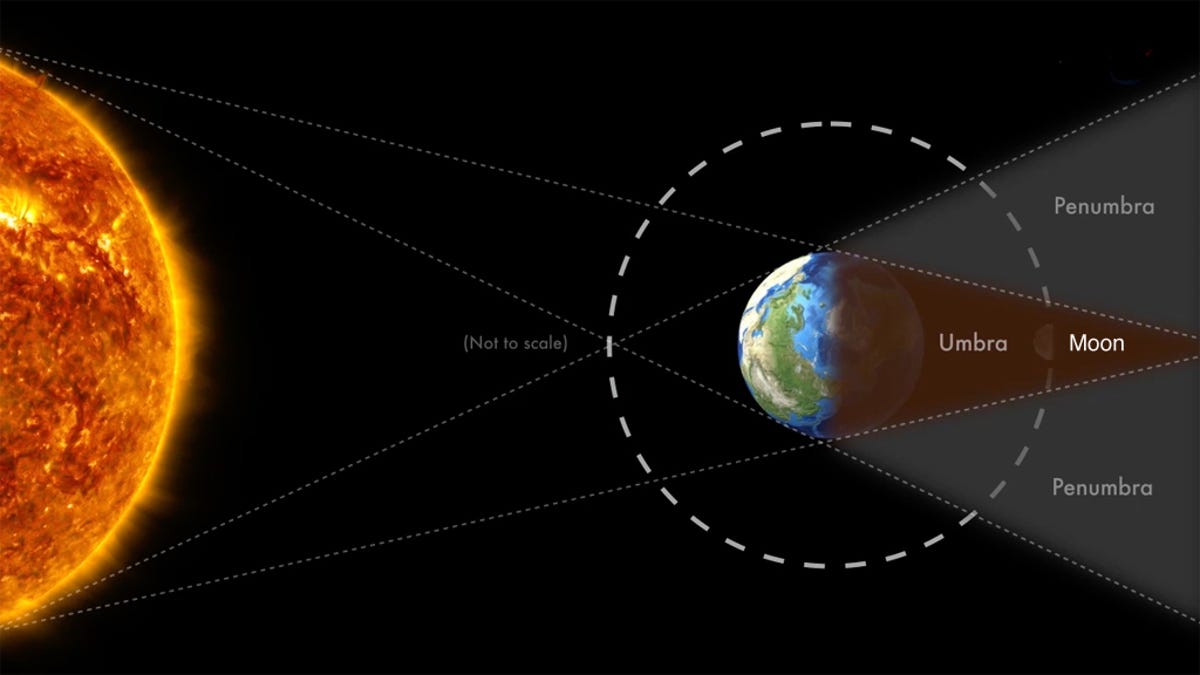Negroni Sbagliato: Why Emma D’Arcy’s Drink of Choice Is Now a TikTok Trend
Sometimes, after a long day dealing with enemies fuming about your status as heir or questioning your kids’ legitimacy, all you want to do is kick back and relax with a drink.
What would House of the Dragon star Emma D’Arcy’s character, the ever-pressed Princess Raenerya, imbibe? You may already be familiar with the answer.
In a video posted to HBO Max’s TikTok account on Oct. 1, D’Arcy revealed their drink of choice to co-star Olivia Cooke, who plays Queen Alicent. “A negroni … sbagliato … with prosecco in it,” D’Arcy says with playful pauses in between. “Oh, stunning,” Cooke replies.
The internet has deemed the clip, which has 1 million likes as of this writing, as scorching as dragon’s breath. D’Arcy’s voice, in particular, is getting a lot of attention, with users calling it “so soothing” and liking it to “extremely expensive” aged wine.
“The way they said ‘with prosecco in it’ made me melt,” one commenter wrote.
The actor’s delivery ignited a TikTok trend where users post their own videos mouthing D’Arcy’s words. More than 16,000 videos have used the sound so far. Here are a few examples:
@_gloyoyo_ the extra ice is IMPERATIVE #whatsyourdrink#dietcoke#dietcokeforlife#icetok#extract#mcdonaldsdietcoke#whatsyourdrinkofchoice♬ a negroni sbagliato w prosecco l hbo max – hbomax
@gameofthrones Oh, stunning
@dumbhouseplant This audio is the reason I live today
Now



